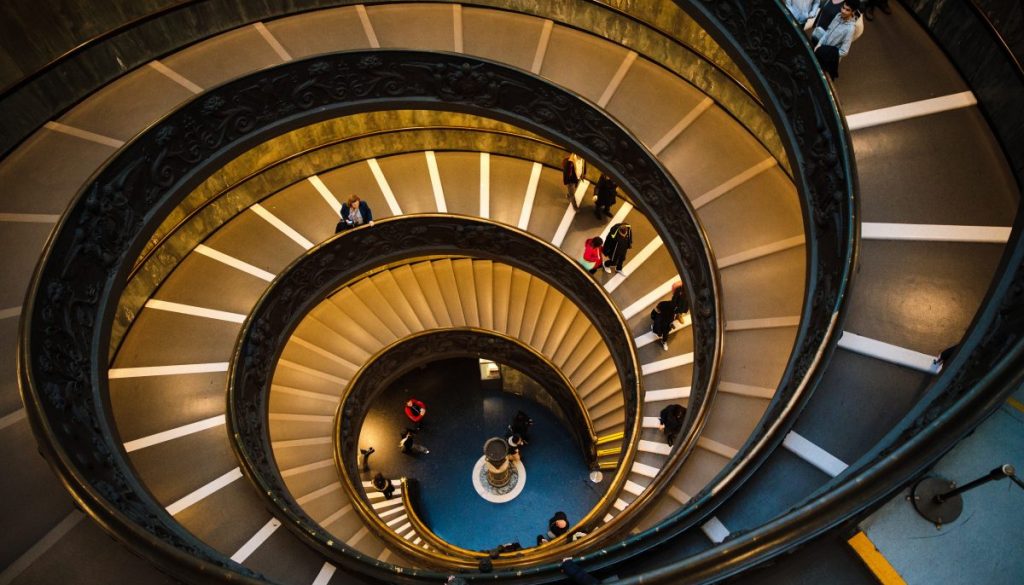FAQ’s about GIM
The second most popular question I get asked (the first being “music therapy– what is that?”) is about guided imagery and music (GIM). This is my specialty area of music therapy. So I thought I’d write a blog post about it since I’m sure many of you may have wondered the same thing. And if you haven’t, well then you can tell your friends to come read all about it. 🙂 Or watch this video here.
WHAT IS GIM?
The Bonny Method of Guided Imagery And Music (GIM) is a specialty area of music therapy. It requires an additional 3-5 years of training, usually post-master’s degree. It’s a music-centered therapeutic process used to access the human psyche and lead to self-actualization and healing. It is a very powerful tool for reaching different levels of the subconscious.
Successful GIM is achieved by combining a specially trained and professional therapist (like myself!) and carefully selected music. It is a technique of imaging to music in a relaxed state of mind while sharing the imagery experience with the GIM therapist. In this relaxed state of mind, the client feels safe to let the music help him/her experience feelings that have previously seemed threatening or inaccessible. When used as a therapeutic tool, GIM can lead to an uncovering of hidden emotional responses and stimulate creative insights. Through the use of music and imagery, GIM allows an individual to explore, experience and resolve personal needs, relationships and life issues. No musical training or knowledge is required of the client.
WHAT HAPPENS IN A GIM SESSION?
In a typical GIM session, the client and therapist briefly discuss the intention/focus for the session. The client is then invited to recline on a comfortable mat, couch, or chair. The therapist provides relaxation and focusing suggestions to assist the client into a relaxed state. The therapist then selects an appropriate music program and starts the music. The client listens to the music in a very focused way and allows his/her imagination to become active in response to the music. The client tells the therapist what they’re experiencing, and the therapist responds with supportive questions and comments. The therapist makes notes and, at the end of the music program, helps the individual return from the relaxed state. Together they reflect on the nature of the client’s imagery and discuss how it applies to their life.
SO WHAT’S THE DIFFERENCE BETWEEN GIM AND GUIDED IMAGERY/VISUALIZATION?
Guided Imagery and Music (GIM) is not the same as Guided Imagery. Although both methods tap the unconscious for the purpose of self-exploration, healing, and creativity, Guided Imagery is more directive. Plus, it is primarily verbal in nature. The speaker typically suggests the imagery to the listener. In the GIM method, the carefully selected music does the suggesting. As the client talks about the images while the music is playing, the therapist makes comments and asks questions about the images for more in-depth exploration. Since the images are the client’s own spontaneous creations, they are more in tune with the client’s unconscious than any images the therapist could invent.
Guided imagery is great for practicing mindfulness and relaxation. It also works well in workshops with many group participants. GIM is beneficial for individuals looking to deal with emotional or psychological issues, anxiety, depression, and/or grief.
If you’re curious about how GIM might help you, contact me anytime. I’m always happy to answer questions!





